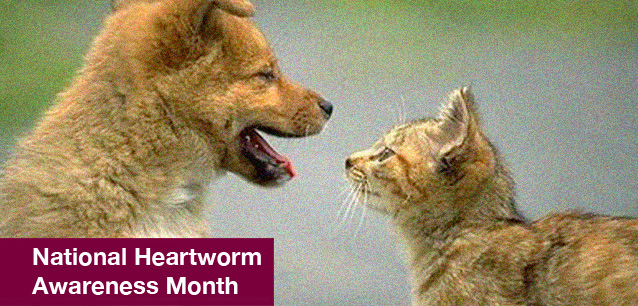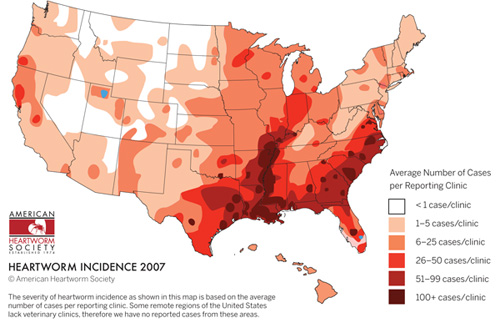 AD
AD
Today is: December 16
Scroll to explore events active on this date.
Additional Events on LEEP
LEEP INK FEATURES

August? Absolutely!
In August, we live through the Dog Days of Summer. It's hot and often humid, and those who can leave for better climates do. Down south, winter is in full force. August is also known as "the ...

In The Heat of July: July 2025 Events
Is it hot enough (or cold enough if you're below the equator) for you yet? There is actually a day for that! Like every month, I pick a diverse collection of events you may or may not know about. This ...

May Blooms: Events in May 2025
Along with October, May is one of the most densely packed months of the year. It's before the summer humidity and the last whole month of the school year. The weather is warming in t...
About National Heartworm Awareness Month
United States
Ends: Apr 30, 2025
DESCRIPTION:
National Heartworm Awareness Month focuses on educating pet owners about the dangers and preventative measures they can take to ensure their pets do not become victims of heartworm.
Since the first diagnosis of canine heartworm disease over one hundred years ago, heartworm infection has become a significant health problem affecting pets today.
Heartworm infection is caused by worms (Dirofilaria immitis) that may grow into 14-inch-long adults. These adult worms live in the right side of the heart and the lungs' arteries. Heartworm infection can cause severe damage to these arteries, eventually leading to heart failure and, in extreme cases, damage to other organs, such as the liver and kidneys. Dogs of any age and breed are susceptible to contracting heartworm disease.
While cats appear more resistant to heartworm infection than dogs, with fewer worms surviving into adulthood, they are still susceptible to infection. They can also suffer from the effects of heartworm disease. Cats do not contribute significantly to spreading the infection.
Although the risk of heartworm infection varies from state to state, heartworm disease occurs in all of the contiguous 48 states and Hawaii. It is most concentrated in the southern United States.
VIDEOS
SUPPORTING DOCUMENTS
Where would you like to go now?
 AD
AD




/footer-logo.svg)
